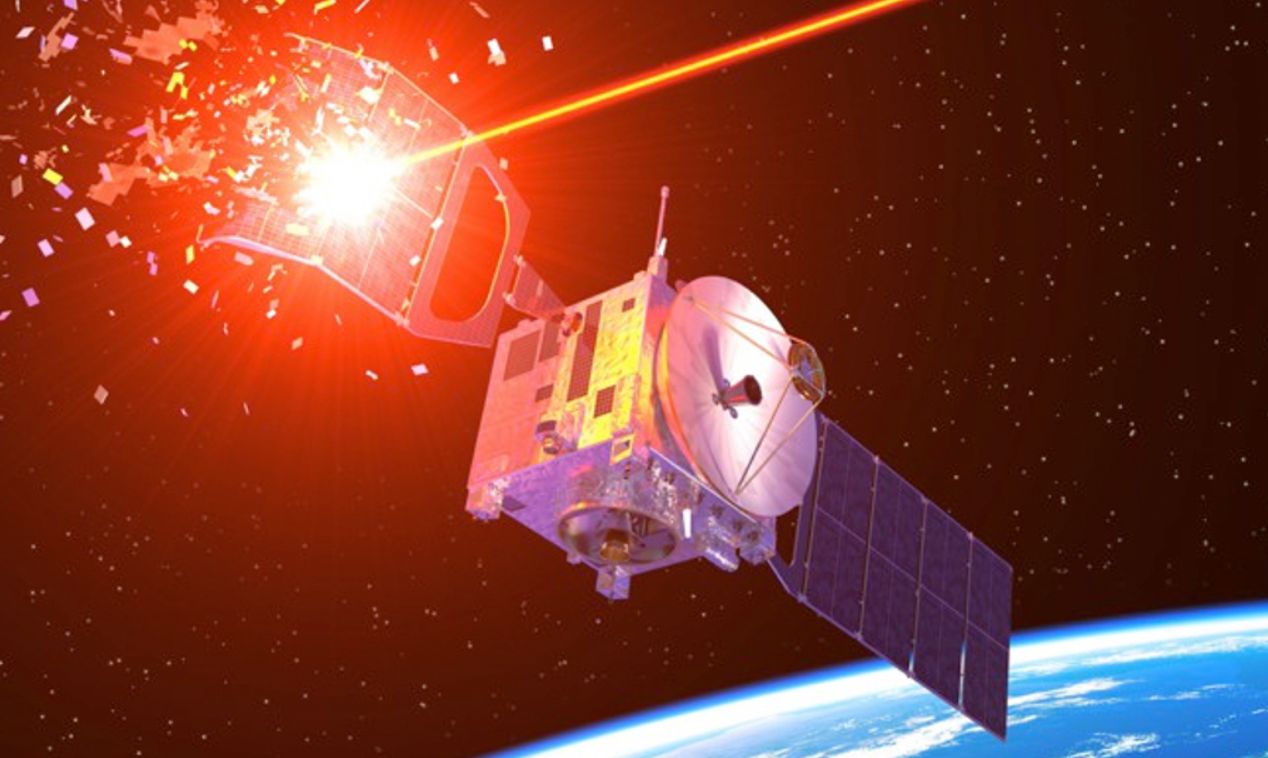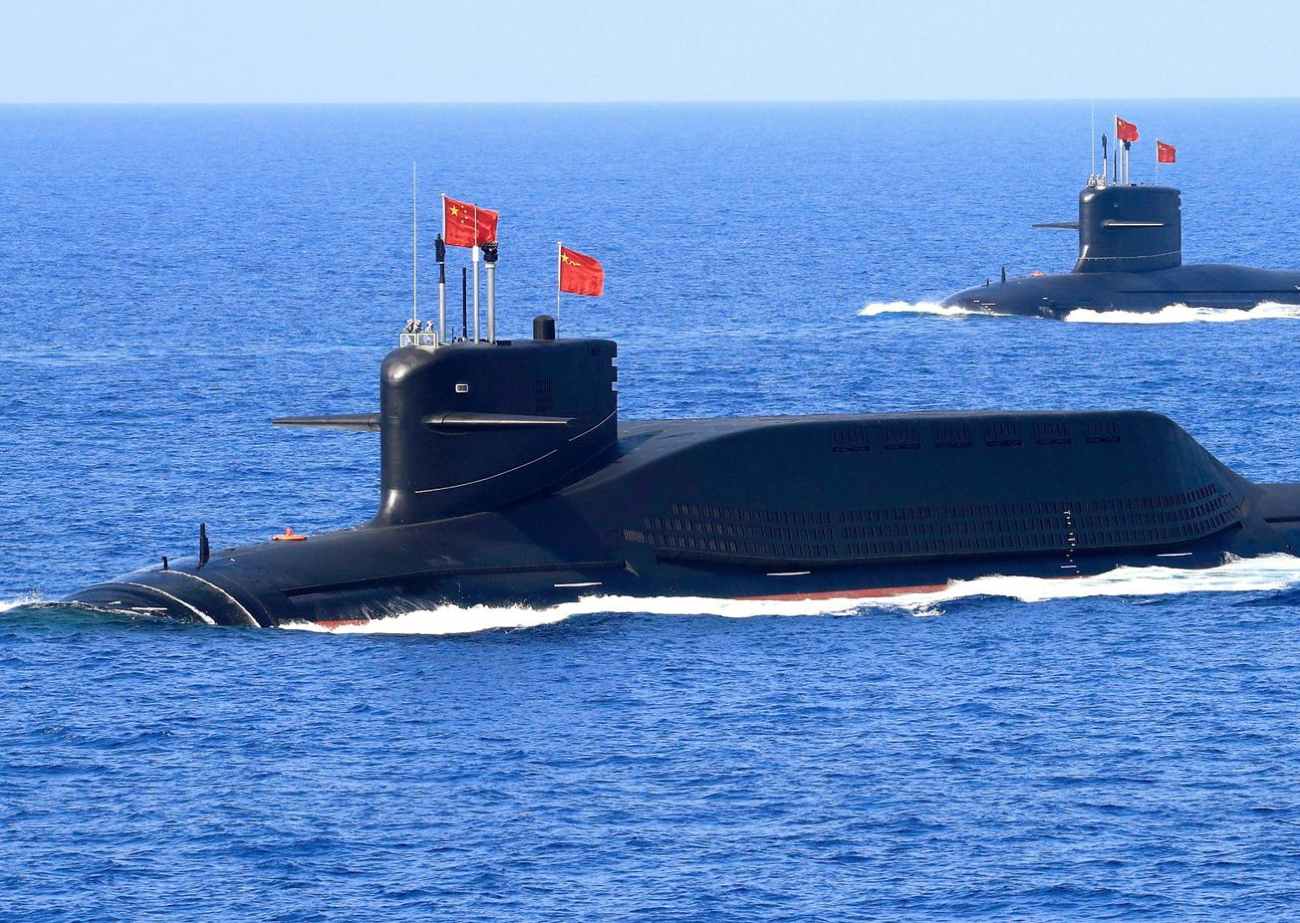STARLINK: China’s Own Satellite Network Gets Ready To Challenge SpaceX Amid Chinese DEW Threat

In what Beijing hailed as a milestone event, the country sent the first batch of satellites for China’s own ‘Starlink’ project into orbit.
China successfully launched 18 Qianfan satellites into predetermined orbits on August 6 using a Long March-6 carrier rocket from the Taiyuan Satellite Launch Center in Shanxi Province, North China.
This was a “milestone event” for the country in the global satellite internet sector, emphasizing that these are the first batch of satellites to be used to build the state’s “own version of Starlink.”
The Qianfan mega-constellation project, also known as G60, was initiated last year to offer domestic customers more comprehensive and superior communication services. According to some unknown sources cited by the Chinese state media, over 15,000 low-Earth orbit (LEO) wide-screen multimedia satellites are anticipated to be established in the future.
AfriPrime App link: FREE to download...
https://www.amazon.com/Africircle-AfriPrime/dp/B0D2M3F2JT
This ambitious project aims to compete head-to-head with SpaceX’s Starlink. Kang Guohua, a senior member of the Chinese Society of Astronautics and a professor of Aerospace Engineering at Nanjing University of Aeronautics and Astronautics, said, “This will provide users with stable, high-speed internet services, especially in remote areas or regions with inadequate communication infrastructure, effectively bridging the digital gap.”
This year, Qianfan is expected to launch 108 satellites. By the end of 2025, it will have 648 satellites in orbit, providing regional network coverage. The constellation aims to provide global network coverage by 2027. By 2030, it will have 15,000 satellites offering integrated services like direct mobile connections.
The network is China’s response to SpaceX’s expanding commercial broadband constellation, Starlink. Starlink consists of over 5,500 low-Earth orbit (LEO) satellites that offer nearly universal internet access to businesses, government organizations, and consumers. It is a subsidiary of Elon Musk-owned SpaceX.
Explaining China’s alacrity to create its own Starlink, Kang told the state media, “In recent years, the achievements of SpaceX’s Starlink as a ‘disruptor’ in the internet communication industry have been widely recognized. With the launch and networking of the Qianfan constellation, China has begun to make strides in this field.
However, Kang highlighted areas where China’s satellite network is expected to outperform Starlink. Both Qianfan and Starlink use multi-layer, multi-orbit constellation designs and cutting-edge satellite communication technologies. However, Kang says China’s Qianfan constellation places greater emphasis on the multimedia functionality and broadband communication capabilities of the satellites to accommodate customer demands.
In terms of market maturity, Qianfan is presently concentrated on offering top-notch communication services to domestic consumers, but Starlink has already experienced considerable success in the US market and is growing internationally.
However, the expert added that expanding the Qianfan constellation to the global market will be done in the “foreseeable future” as the project moves forward and technology advances.
AfriPrime App link: FREE to download...
https://www.amazon.com/Africircle-AfriPrime/dp/B0D2M3F2JT
Starlink Worries China
Having said that, China has been rather skeptical of Starlink. The increasing influence of SpaceX’s Starlink has raised apprehensions in China that the US-based company might exploit Starlink for surveillance purposes and potentially disrupt China’s space initiatives.
However, while trying to emulate Starlink, China has also been exploring ways to disable the Starlink network, lest it should pose a threat in the event of a conflict.
The Ukrainian military has demonstrated the effective use of Starlink services against Russian forces. Consequently, Chinese military scientists have long argued in favor of creating tools to disable Starlink should it be thought necessary in future combat situations.
As early as 2022, Chinese military experts demanded a “hard kill” weapon be developed to destroy Elon Musk’s Starlink satellite system if it poses a threat to China’s security.
Last year, Chinese researchers explored the possibility of placing Chinese satellites in orbital pathways that Starlink’s constellation has not yet reached. They predicted that China might be able to take advantage of opportunities and strategic advantages at various orbital altitudes by doing this and could even take action to offset Starlink’s influence.
AfriPrime App link: FREE to download...
https://www.amazon.com/Africircle-AfriPrime/dp/B0D2M3F2JT

In a more recent development, People Liberation Army (PLA) researchers in China undertook research that suggests that if China’s security is threatened, PLA submarines armed with laser weapons might take down SpaceX’s Starlink satellites.
According to the PLA experts, a submarine equipped with a solid-state, megawatt-class laser weapon can fire at satellites while submerged, retract its “optoelectronic mast,” and then plunge back to the ocean floor.
Wang Dan, a professor at the Naval Submarine Academy, led the project team that published a peer-reviewed paper in the Chinese-language journal Command Control & Simulation last month. The team suggested that this type of laser attack submarine could be mass-produced in the future and stationed in various oceans to counter military threats to China.

Adversaries are likely to identify surface-based anti-satellite actions. According to the research, large smoke trails are frequently left behind during missile launches. Attacking from a surface location makes it easier to reveal one’s location, which gives opponent artillery a window of opportunity to strike. The committee said that it was “too risky” and that it was ineffective that the satellites were getting smaller.
“Taking the satellites launched by the Starlink program as an example, they are numerous, densely packed, and small in size, making the satellite network extremely resilient. Even if a significant number of satellites are destroyed, there are redundancies to replace them. Therefore, using missiles to attack such satellites is highly inefficient,” Wang’s team said. “Submarine-based laser weapons can solve these issues.
Space researchers and analysts have repeatedly warned that directed-energy weapons, including powerful microwave systems and lasers, can be aimed at satellites in Low Earth Orbit (LEO). They are also the only means of engaging a large number of targets in LEO.
AfriPrime App link: FREE to download...
- Questions and Answers
- Opinion
- Story/Motivational/Inspiring
- Technology
- Art
- Causes
- Crafts
- Dance
- Drinks
- Film/Movie
- Fitness
- Food
- Juegos
- Gardening
- Health
- Home
- Literature
- Music
- Networking
- Other
- Party
- Religion
- Shopping
- Sports
- Theater
- Wellness
- News
- Culture
- War machines and policy

